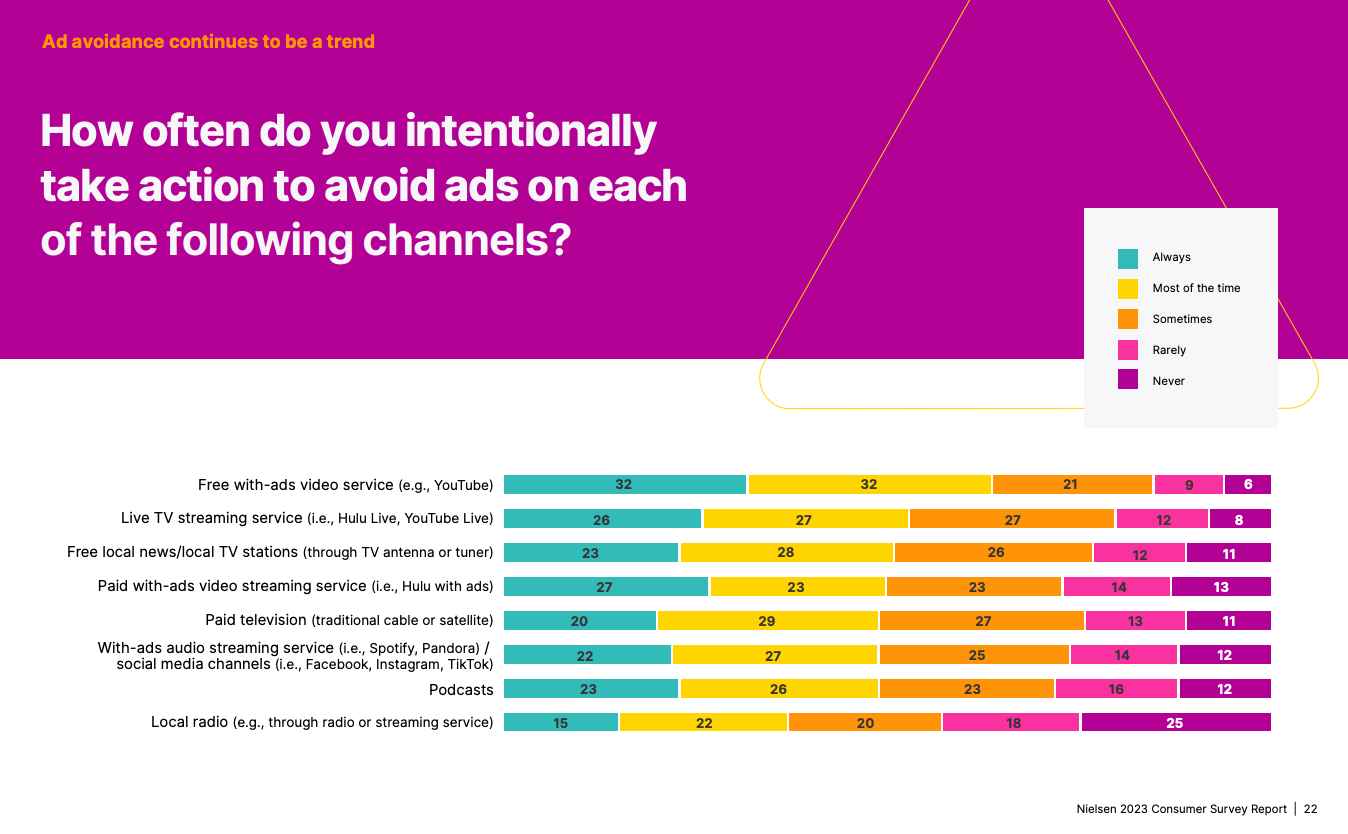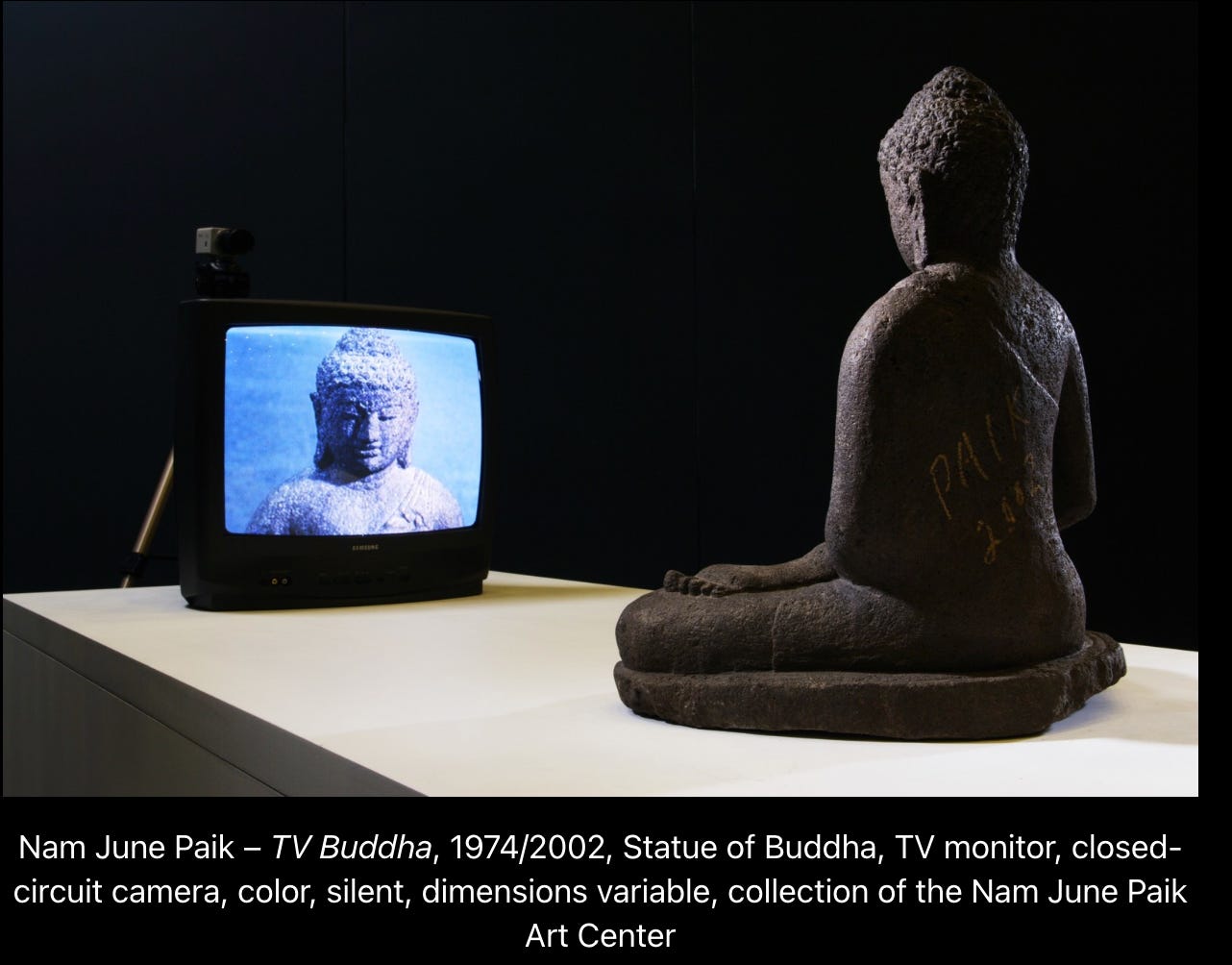Provoke- The Attention Issue
When Our Attention is Lured, Herded, and Commandeered
When our attention is lured, herded, and commandeered in such a way, our full human potential is profoundly subverted. “As William James observed,” Wu writes, “we must reflect that, when when we reach the end of our days, our life experience will equal what we have paid attention to, whether by choice or default.” We become what we attend to — nothing more, nothing less. A steady and exclusive stream of reality TV, entertainment gossip, social media chatter, and “breaking news” about the latest celebrity scandal or Trump’s most recent tweets — all endlessly cycling into each other — turns us into the bland clickbait of the attention harvesters. Yet, though we justifiably consider the enslavement of bodies a terrible wrong, we willingly surrender our minds for the profit of others. This new, almost hip, kind of slavery is sought, not fought.
LA Review of Books- 2018- Review of Tim Wu’s “Attention Merchants”
“In all of my art history courses, graduate and undergraduate, every student is expected to write an intensive research paper based on a single work of art of their own choosing. And the first thing I ask them to do in the research process is to spend a painfully long time looking at that object. Say a student wanted to explore the work popularly known as Boy with a Squirrel, painted in Boston in 1765 by the young artist John Singleton Copley. Before doing any research in books or online, the student would first be expected to go to the Museum of Fine Arts, where it hangs, and spend three full hours looking at the painting, noting down his or her evolving observations as well as the questions and speculations that arise from those observations. The time span is explicitly designed to seem excessive. Also crucial to the exercise is the museum or archive setting, which removes the student from his or her everyday surroundings and distractions. At first many of the students resist being subjected to such a remedial exercise. How can there possibly be three hours’ worth of incident and information on this small surface? How can there possibly be three hours’ worth of things to see and think about in a single work of art? But after doing the assignment, students repeatedly tell me that they have been astonished by the potentials this process unlocked. It is commonly assumed that vision is immediate. It seems direct, uncomplicated, and instantaneous—which is why it has arguably become the master sense for the delivery of information in the contemporary technological world. But what students learn in a visceral way in this assignment is that in any work of art there are details and orders and relationships that take time to perceive. I did this three-hour exercise myself on this painting in preparation for my own research on Copley. And it took me a long time to see some of the key details that eventually became central to my interpretation and my published work on the painting.”
Jennifer Roberts- Harvard Magazine- 2013
Broad Beam Attention and Brand Fame
“When we turn to business outcomes, this kind of advertising for ‘broad-beam attention’ tends to be more likely to establish brand fame and trust. It is also much better able to achieve very large and lasting business effects, such as share gain, profit gain and sales gain, than advertising that might be said to speak to the ‘narrow-beam attention’ of the left hemisphere, where things are shown close-up, abstracted, and devitalised.”
Orlando Wood- System 1
“This is a case of misaligned incentives: if advertisers are told that viewability is the most important metric, then the campaigns will be optimized for viewability. But so, too, will websites that want to make as much money as possible from as many advertisers as possible, all at once. Without transparency into the ad inventory or the user experience of that ad inventory, advertisers are unknowingly prioritising made-for-advertising websites, not premium domains. This isn’t out of malice, it’s all from lack of information. Given full knowledge, marketers might well make different choice.”
Lumen Research
Final summary slide from the presentation
Amplified Intelligence- Attention Study- TVNZ
A presentation of findings from Professor Karen Nelson-Field of “Amplified Intelligence” to TVNZ about attention metrics for TV vs. other media. The main point-attention decays more rapidly in scrollable media than in TV and because attention is so limited, it’s almost impossible to use it to build brands.
2022 vs. 2016 - A Million More Kids with ADHD
“Researchers found that in 2022, 7.1 million kids and adolescents in the U.S. had received an ADHD diagnosis – a million more children than in 2016. That jump in diagnoses was not surprising, given that the data was collected during the pandemic, says Melissa Danielson, a statistician with the CDC's National Center on Birth Defects and Developmental Disabilities.”
NPR
Attention - A Historical Perspective
“Readers in the 16th century did not often read a book from start to finish, nor for its unfolding and complex narrative. Rather, they were “commonplacing”, or cherrypicking, looking for quotations, ideas, and phrases that could be cut and pasted from the text into their own writing, sometimes via a commonplace book or collection of such quotations. They were closer, perhaps, to our world. The fantastically powerful microcomputer almost everyone carries in their pockets is a commonplace book of snippets from our lives, displaying an impulse to customise the world that would be familiar in the age of Shakespeare.”
Emma Smith- Professor of Shakespeare Studies, Hertford College, Oxford.
Ad Avoidance
32% of consumers on YouTube and 20% on traditional cable or satellite actively avoid advertising.
Nielsen- State of the Consumer 2023
The History of the “Like” Button
“On a methodological level, statistical inference may not be enough: Even if a prediction algorithm is 90% certain someone has a particular address, there is a 10% chance that the address is wrong. This is how Facebook discovered the Achilles’ Heel of Google’s statistical-based advertising network. By transforming the Web into a user-centric social platform, Facebook could get users to type in their own names, addresses, gender, friends, and even desires (via the “Like” button), so Facebook could overcome the vagaries inherent in statistical approximation and present an even more accurate advertising network than Google (Dimova et al., 2022). With semantics, the elements of a digital model of the world correspond to various discrete entities and events in the world itself. This relationship between purely mechanical syntax, as given by symbols, and their “real-world” referents, is semantics.4 The key to the evolution of semantics on the Web is the hidden history of the Facebook “Like” button as a recuperation of the Semantic Web.”
Harry Halpin- American University of Beruit, Lebanon
“Paik’s Buddha meditates on this question, immersed in its contradictions. We watch screens to see ourselves reflected and refracted, amid the sea of social media and streaming television. That experience is often alienating—unlike the state of transcendence that TV Buddha evokes. Paik once said that his goal as an artist was “to look for the new, imaginative and humanistic ways of using our technology.” We see this in the playfulness of the sculpture—itself a Zen koan—and in his enduring love for analog materials, chunky televisions, and screens stacked atop one another. It’s a sense of play that’s utterly missing from the slick landscape of contemporary media.”
Kyle Chayka- The Believer- December 2021
Every Second of Attention Counts for Netflix
Netflix needs you to keep watching shows- the more you watch, the less likely you are to cancel, so doing whatever it can to ensure its users can easily find their show or their next show is of fundamental business importance. It recently started testing some big changes to its TV app because “We often see members doing gymnastics with their eyes as they’re scanning the home experience. We really wanted members to have an easier time figuring out if a title is right for them.” Pat Flemming, Netflix’s senior director of product.”
The Verge- June 6th- 2024
Attention is Different for Artists - From a 2007- paper by - Stine Vogt, Svein Magnussen, Department of Psychology, University of Oslo
Misc.
European car safety agency favors stalks, switches and buttons over touch screens
A theory on how the TikTok algorithm works from a creator with 10 million followers
Mind wandering increases in frequency over time
The man who invented the infinite scroll
Dumbwireless- a resource to get more people off smartphones
The introduction of leaderboards at Duolingo increased the time users spent learning by 17%
Nvidia delivers ROI- a new AI model helps Meta achieve an 8-10% increase in Reels watch time










